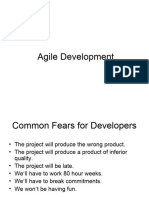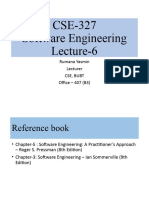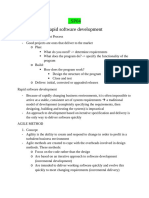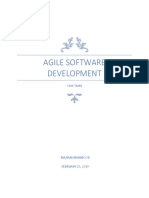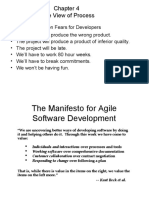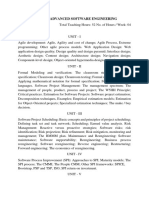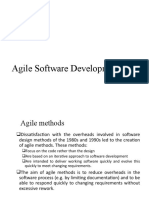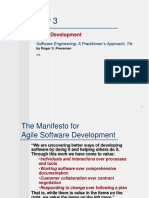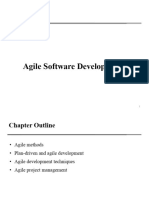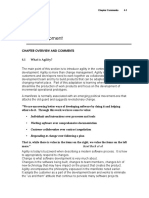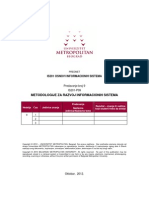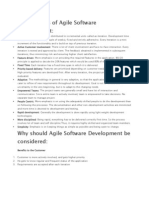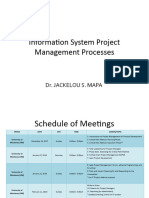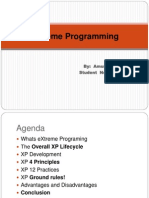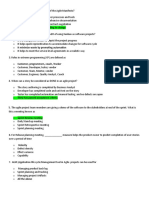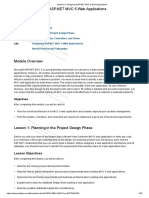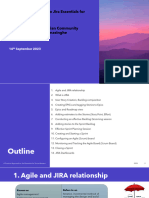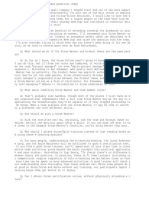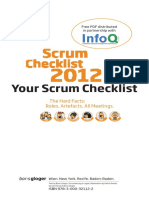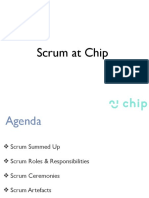0% found this document useful (0 votes)
31 views78 pagesProcess Models Agile
The document discusses Agile software development, emphasizing its flexibility and responsiveness to change, which is crucial in today's fast-paced business environment. It outlines the principles of the Agile Manifesto, various Agile methodologies such as Extreme Programming (XP) and Scrum, and highlights the importance of customer involvement, iterative development, and continuous improvement. Key differences between Scrum and XP are also noted, particularly regarding their approaches to sprints, backlog management, and engineering practices.
Uploaded by
maaismusakhuCopyright
© © All Rights Reserved
We take content rights seriously. If you suspect this is your content, claim it here.
Available Formats
Download as PDF, TXT or read online on Scribd
0% found this document useful (0 votes)
31 views78 pagesProcess Models Agile
The document discusses Agile software development, emphasizing its flexibility and responsiveness to change, which is crucial in today's fast-paced business environment. It outlines the principles of the Agile Manifesto, various Agile methodologies such as Extreme Programming (XP) and Scrum, and highlights the importance of customer involvement, iterative development, and continuous improvement. Key differences between Scrum and XP are also noted, particularly regarding their approaches to sprints, backlog management, and engineering practices.
Uploaded by
maaismusakhuCopyright
© © All Rights Reserved
We take content rights seriously. If you suspect this is your content, claim it here.
Available Formats
Download as PDF, TXT or read online on Scribd
/ 78


